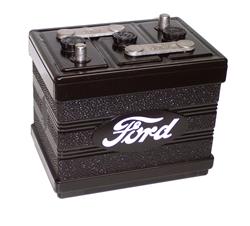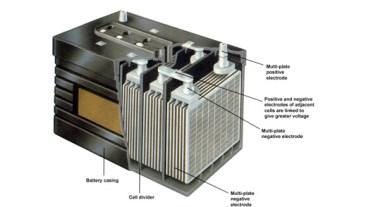meridian
Guru
As an example a 12v 200 amp load requires 1/0 ga for a 20ft run from the battery bank. Since the distance between the posts on the battery bank are inches, is there any reason the large cable is needed for inter-bank connections? My current setup has large cables for the run to the starter and the same size cable between the posts in the battery bank.



